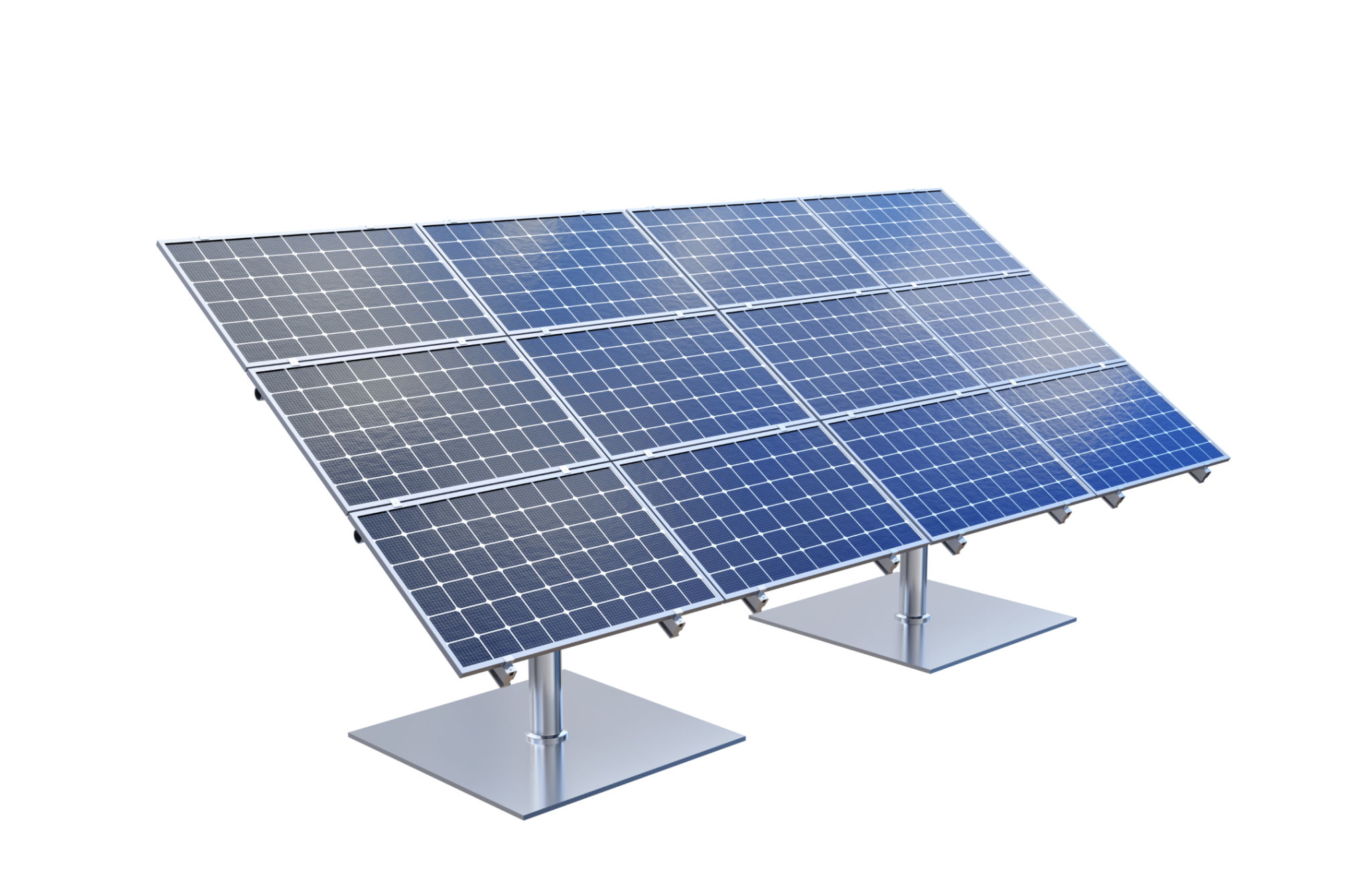Sustainable Development in Mixed-Use Buildings: A Future-Ready Approach
The Rise of Mixed-Use Buildings
In today's rapidly urbanizing world, mixed-use buildings are becoming increasingly popular as they offer a harmonious blend of residential, commercial, and recreational spaces. This multifunctional approach not only maximizes land use but also contributes to the vibrancy of urban environments. However, with the growing emphasis on sustainability, these buildings are evolving to meet future-ready standards.
Mixed-use developments are designed to foster a sense of community by integrating diverse facilities within a single structure. This integration reduces the need for transportation, as residents can access a variety of services and amenities without leaving the building. This reduction in travel not only saves time but also significantly lowers carbon emissions.

Implementing Sustainable Practices
To align with sustainability goals, mixed-use buildings incorporate several eco-friendly practices. One of the primary strategies is the use of green building materials that minimize environmental impact. These materials are often sourced locally to reduce the carbon footprint associated with transportation.
Energy efficiency is another crucial aspect of sustainable development in mixed-use buildings. Incorporating renewable energy sources such as solar panels and wind turbines helps reduce dependency on non-renewable resources. Additionally, smart energy management systems are employed to optimize energy consumption and reduce waste.

Water Conservation Techniques
Water conservation is essential in sustainable building design. Mixed-use buildings often feature advanced plumbing systems that reduce water consumption. Techniques such as rainwater harvesting and greywater recycling are implemented to make efficient use of water resources.
By using low-flow fixtures and appliances, these buildings further enhance their water efficiency. These measures not only conserve water but also reduce utility costs for residents and businesses, making the building more attractive to potential occupants.

Enhancing Urban Mobility
One of the key benefits of mixed-use developments is their contribution to enhanced urban mobility. By integrating living, working, and leisure spaces into a single area, these buildings encourage walking and cycling as primary modes of transportation. This shift not only promotes healthier lifestyles but also reduces traffic congestion in urban centers.
Additionally, many mixed-use buildings are strategically located near public transit hubs, further reducing the reliance on private vehicles. This strategic placement encourages the use of public transportation, contributing to lower emissions and more sustainable urban living.
The Role of Technology
Technology plays a significant role in the sustainable development of mixed-use buildings. Smart building technologies, such as automated lighting and climate control systems, help optimize resource use and enhance occupant comfort. These technologies also provide valuable data that can be used to further improve building performance over time.
Moreover, developers are increasingly employing Building Information Modeling (BIM) to design more efficient and sustainable structures. BIM allows for precise planning and visualization of building components, ensuring that sustainability is integrated into every stage of development.

The Future of Mixed-Use Buildings
As cities continue to grow, the demand for sustainable mixed-use buildings will only increase. These structures offer a viable solution to urban challenges by promoting efficient land use, reducing environmental impact, and fostering vibrant communities. By adopting a future-ready approach, developers can ensure that these buildings meet the evolving needs of urban dwellers.
The ongoing advancements in construction technology and materials will further enhance the sustainability of mixed-use buildings. As such, they are poised to play a pivotal role in shaping the cities of tomorrow, offering a blueprint for sustainable urban development worldwide.
